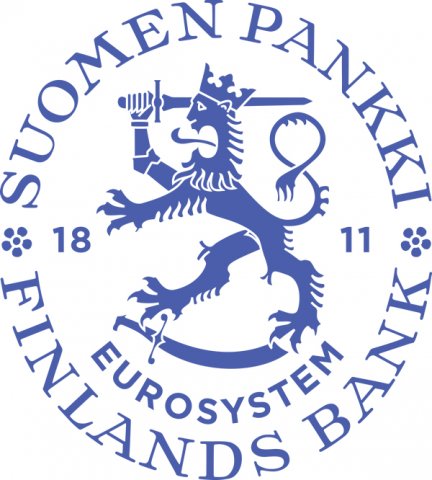

House of the Estates, Snellmaninkatu 9-11, Helsinki, Finland

Motivation
Shadow banking is a broad concept. A possible definition is that it comprises non-bank institutions which do bank-like activities. Another characteristic, to which the word “shadow” refers to, is that the sector is less regulated. Shadow banks can increase competition and spur new innovation in the financial sector. The benefits could come in the form of i) improving efficiency and quality of financial services, and ii) offering better returns and risk diversification opportunities, especially for institutional investors and wealthy individuals. Markets may also become more liquid. On the downside, opacity and risks may increase. The lack of regulation implies that it is difficult to monitor and prevent the build-up of leverage and concentrated risks in the shadow banking sector. Hence, the sector can be a source of systemic risks. Further, traditional banks may utilize the shadow banking sector for regulatory arbitrage. Hence, a big question is whether regulation should be extended to the shadow banking sector, to make it come “out of the shadows”? Will new regulatory loopholes between banks and non-banks develop? Will risks simply pile up in the shadow banking sector now that banks are more heavily regulated? Or will market discipline suffice to do the job of regulation in this sector? Is the growth of shadow banking this time more about FinTech; the provision of financial services making use of technological innovations? What are the fundamental problems of financial frictions they might have solved differently? Are new digital technologies key to finding solutions to the traditional financing frictions? Or are we experiencing just another boom in novel-looking financial services which ultimately share the same problems and risks as more traditional banks?
We have the great pleasure to announce that the 15th SUERF Marjolin Lecture will be given by Daniéle Nouy, Chair of the Supervisory Board of the Single Supervisory Mechanism.
Conference Proceedings No 2018/1 “Shadow Banking: Financial Intermediation beyond Banks” (pdf)
Shapes in the shadows: What do the data (not) tell us?
Tobias Adrian, Financial Counsellor and Director of the Monetary and Capital Markets Department, International Monetary Fund (IMF)A critical review of statistics assessing the size and the riskiness of the securitization market: evidence from Italy and other euro area countries
Giorgio Nuzzo (Bank of Italy), presentationTraditional and shadow banks during the crisis
Victor Lyonnet (HEC Paris, École Polytechnique), and Edouard Chrétien (ACPR, École Polytechnique) presentationShadow Banking, macroprudential regulation and financial stability
Margarita Rubio (University of Nottingham), presentationA Securitization-based model of shadow banking with surplus extraction and credit risk transfer
Patrizio Morganti (Tuscia University in Viterbo), presentationShadow Banking and Financial Stability Under Limited Deposit Insurance
Lukas Voellmy (University of Bern), presentationLiquidity creation, capital requirements, and regulatory arbitrage
Paul Schempp (University of Cologne), and Stephan Luck (Federal Reserve Board) presentationProfit sharing: A contracting solution to harness the wisdom of the crowd
Jiasun Li (George Mason University), presentationFinancial Disrupters: Disintermediation & Driving Synergies
Phillip Straley, President, ECO World Alliance, Regional Head, APACMind the Gaps (pdf)
Speech given by Morten Balling, Professor Emeritus, Department of Economics, Aarhus University, on the occasion of receiving the SUERF Honorary Membership Award
Dinner hosted by Seppo Honkapohja, Deputy Governor, Bank of Finland
Gaming the rules or ruling the game? – How to deal with regulatory arbitrage
Daniéle Nouy, Chair of the Supervisory Board of the Single Supervisory Mechanism